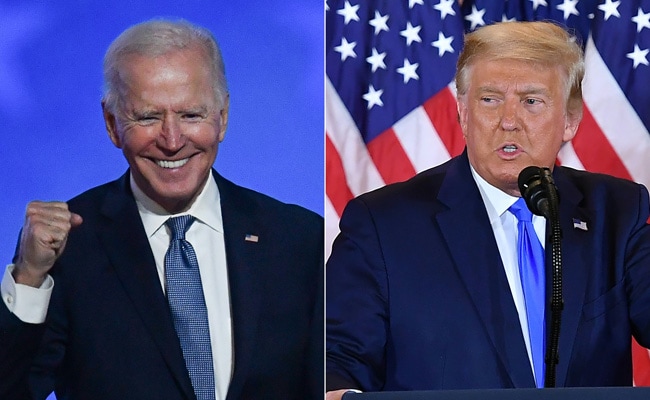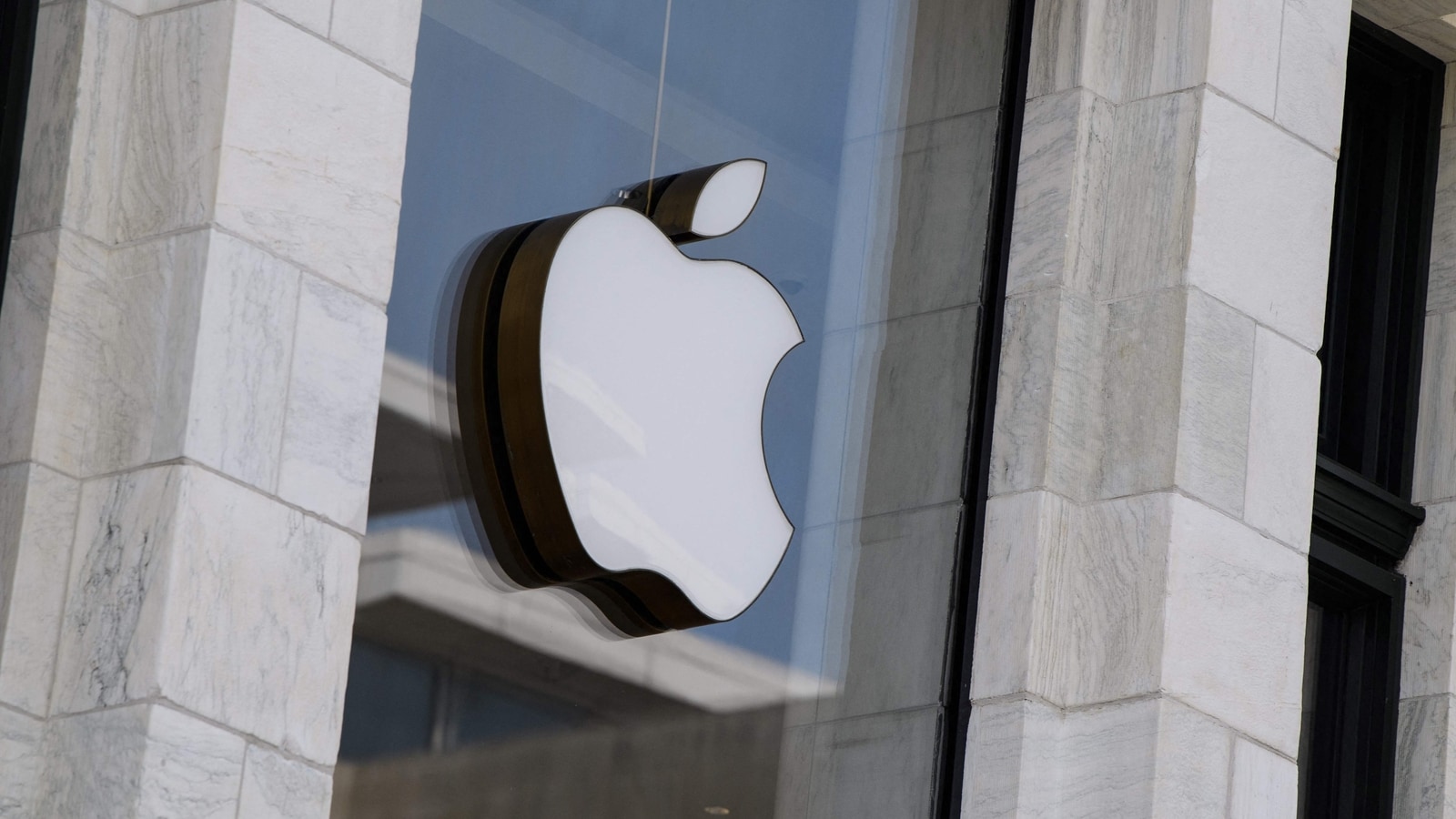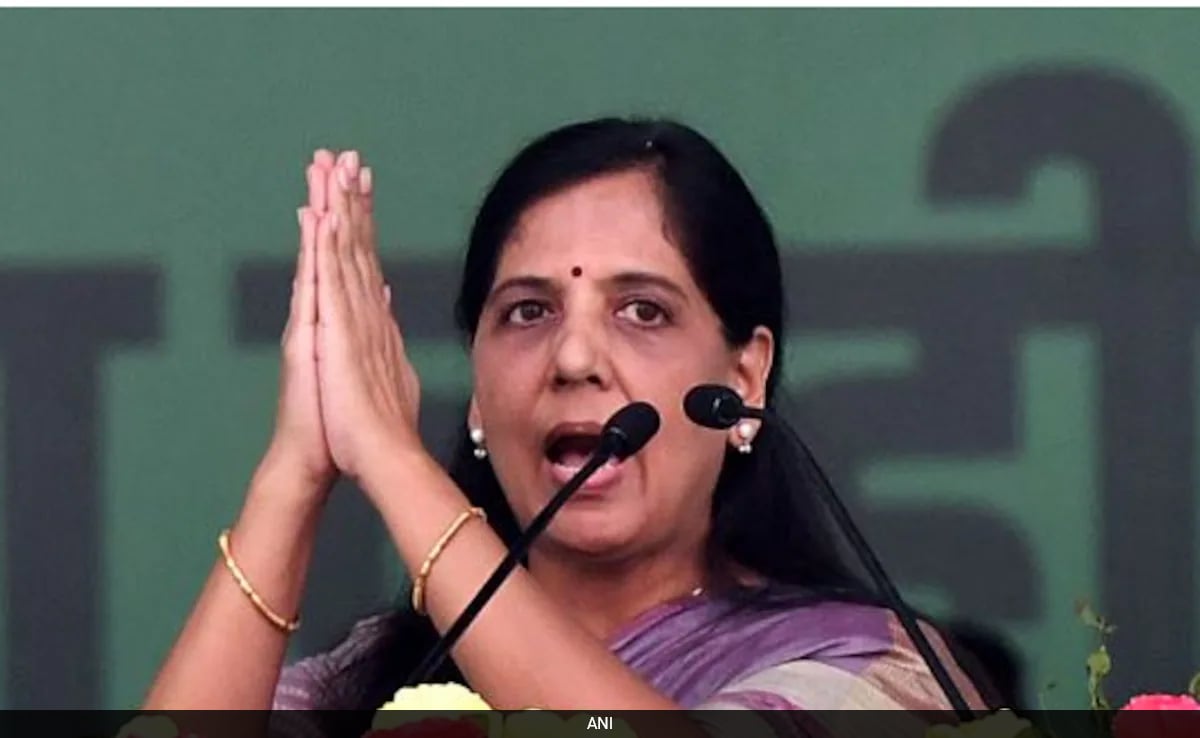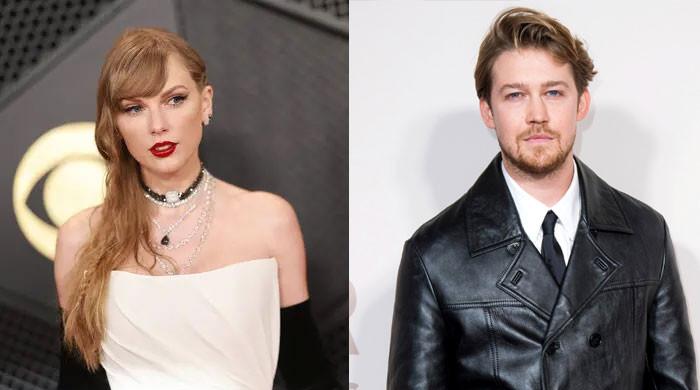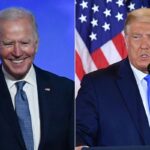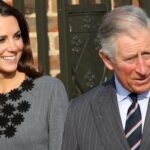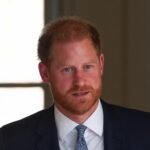
Washington and Tokyo are preparing to unveil plans to reorganize the U.S. military command in Japan in what would be the biggest upgrade to their security alliance in decades.
China has objected, saying it does not want to be a target of defense plans that Washington and Tokyo are expected to announce at a summit in April.
“China has always believed that military cooperation between countries should be conducive to regional peace and stability, rather than targeting any third party or harming the interests of a third party,” Liu Pengyu, spokesman for the Chinese Embassy in Washington, said Tuesday via email to Voice of America.
A U.S. State Department spokesman pushed back in an email to VOA’s Korean service on Wednesday. “For more than seventy years, the U.S.-Japan alliance has been the cornerstone of peace, security, and prosperity in the Indo-Pacific region and around the world, and it has never been stronger,” the spokesperson said.
White House National Security Adviser Jake Sullivan and Japanese National Security Adviser Takeo Akiba met at the White House on Tuesday to discuss the “follow-up to finalizing key outcomes” that President Joe Biden and Japanese Prime Minister Fumio Kishida will announce when they meet at the White House on April 10. step”. Washington.
Chief Cabinet Secretary Hayashi Yoshimasa told a news conference in Tokyo on Monday that Japan is discussing with Washington strengthening command and control of the military to enhance combat readiness.
The discussion comes as Admiral John Aquilino, commander of Indo-Pacific Command, told the U.S. House Armed Services Committee on March 20 that the Chinese People’s Liberation Army is preparing to invade Taiwan in 2027.
‘Lately arrived’
“Upgrading Japan’s command structure so that U.S. and Japanese militaries can operate together more seamlessly is long overdue,” Pacific Forum Chairman Emeritus and WSD-Handa Peace Research Chair Ralph Kossa told VOA via email on Wednesday. “In this area.
According to reports, the plan to reorganize the command is aimed at “strengthening operational planning and exercises between the two countries” and is seen as a “measure to counter China.” Financial Timesthe newspaper first reported the plan on March 24.
“This may be the most important step allies can take to strengthen deterrence against regional threats and respond to any major crisis,” said James Schoff, senior director of the U.S.-Japan NEXT Alliance Initiative at the Sasakawa Peace Foundation.
“This is especially true at this moment as Japan prepares to establish its first joint combat command and introduce long-range counterattack capabilities,” he told VOA via email on Wednesday.
Japan plans to establish a joint operations command by March 2025 to improve coordination among its air, ground and maritime Self-Defense Forces (JSDF).
The updated command structure of U.S. Forces Japan (USFJ) is expected to complement the joint operations command established by Japan.
“While details have yet to be determined, the plan is intended to enhance authority within U.S. Indo-Pacific Command,” said Ryo Hinata Yamaguchi, senior nonresident fellow at the Atlantic Council’s Indo-Pacific Security Initiative at the Scowcroft Center for Strategy and Security. [U.S. Indo-Pacific Command]”.
He went on to say in an email to VOA on Tuesday that the revised U.S. military command “will also have stronger institutional capabilities to communicate and coordinate with Japan’s Self-Defense Forces.”
Currently, the U.S. military stationed in Japan has limited authority to conduct joint operations with Japan. U.S. military commanders need to coordinate their operations with U.S. Indo-Pacific Command in Hawaii.
On Tuesday, Biden nominated Air Force Maj. Gen. Stephen F. Jost as the new commander of U.S. forces and promoted him to lieutenant general.
Shaw said the “existing parallel chain of command of the U.S. and Japanese forces will remain in place” rather than a “single allied chain of command for the U.S. and Japanese forces.”
This is different from the South Korean-U.S. Joint Command, which was led by U.S. generals during the war.
James Priestup, a senior fellow at the Hudson Institute and chairman of Japan who specializes in alliance management in the Indo-Pacific, said the upgrade of U.S. military command in Japan “will help strengthen U.S.-Japan defense cooperation and deterrence in Northeast Asia.” , respect North Korea and China.”
He continued in an email to VOA on Wednesday: “As for the actual situation, the U.S.-South Korea Joint Forces Command may be one model, but it is not necessarily the only model. [into which it] It will evolve eventually. ”
Follow us on Google news ,Twitter , and Join Whatsapp Group of thelocalreport.in

